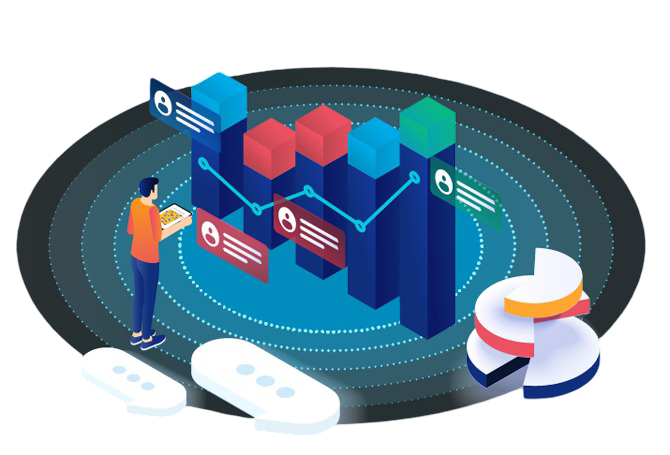
Ecommerce Plan for Osm Technology
1. Market Analysis:
- Conduct market research to identify trends, opportunities, and competitive landscape in the ecommerce industry.
- Analyze target audience demographics, preferences, and purchasing behavior to understand market demand and segmentation.
- Evaluate potential niches, product categories, and verticals for Osm Technology’s ecommerce venture.

2. Business Model and Strategy:
- Define the ecommerce business model, including product sourcing, inventory management, pricing strategy, and revenue streams.
- Develop a unique value proposition (UVP) and positioning strategy to differentiate Osm Technology’s ecommerce store from competitors.
- Outline a go-to-market strategy, including launch timeline, marketing channels, and customer acquisition tactics.

3. Platform Selection and Development:
- Choose an ecommerce platform that aligns with Osm Technology’s requirements, budget, and scalability goals (e.g., Shopify, WooCommerce, Magento).
- Customize the ecommerce platform to reflect Osm Technology’s branding, design aesthetic, and user experience (UX) standards.
- Integrate essential features and functionalities, such as product catalog management, secure payment gateways, and order fulfillment systems.
4. Product Selection and Merchandising:
- Curate a product assortment that aligns with Osm Technology’s brand identity, target audience preferences, and market demand.
- Implement effective merchandising strategies, including product categorization, filtering options, and cross-selling/up-selling techniques.
- Optimize product listings with compelling product descriptions, high-quality images, and relevant attributes to enhance discoverability and conversion rates.
5. Website Design and User Experience (UX):
- Design an intuitive, visually appealing ecommerce website that prioritizes user experience (UX) and conversion optimization.
- Optimize website navigation, search functionality, and checkout process to streamline the customer journey and reduce friction points.
- Ensure mobile responsiveness and cross-browser compatibility to cater to users across devices and platforms.

6. Marketing and Promotion:
- Develop a multi-channel marketing strategy to drive traffic, generate leads, and increase sales for the ecommerce store.
- Implement digital marketing tactics such as search engine optimization (SEO), pay-per-click (PPC) advertising, social media marketing, email marketing, and influencer partnerships.
- Utilize content marketing, including blog posts, product guides, and video tutorials, to educate, engage, and inspire potential customers.

7. Customer Service and Support:
- Establish robust customer service policies and procedures to provide timely, personalized support throughout the customer lifecycle.
- Implement live chat, chatbots, or helpdesk software to facilitate real-time communication and resolve customer inquiries efficiently.
- Collect and analyze customer feedback to identify areas for improvement and enhance overall satisfaction and loyalty.
8. Order Fulfillment and Logistics:
- Set up reliable order fulfillment and logistics processes to ensure accurate, timely delivery of products to customers.
- Partner with reputable shipping carriers and fulfillment centers to optimize shipping rates, delivery speed, and order tracking capabilities.
- Implement inventory management systems and strategies to minimize stockouts, overstock, and fulfillment errors.
9. Performance Monitoring and Optimization:
- Track key performance indicators (KPIs) such as website traffic, conversion rate, average order value (AOV), customer lifetime value (CLV), and customer acquisition cost (CAC).
- Conduct A/B testing and conversion rate optimization (CRO) experiments to identify and implement website improvements and marketing optimizations.
- Use data analytics and reporting tools to gain insights into customer behavior, market trends, and sales performance, informing strategic decision-making and resource allocation.
10. Growth and Expansion:
- Explore opportunities for growth and expansion, including new product launches, market expansions, and internationalization efforts.
- Continuously innovate and iterate based on customer feedback, market dynamics, and competitive insights to stay ahead of the curve and drive sustainable growth.
- Foster strategic partnerships, collaborations, and alliances to amplify brand awareness, reach new audiences, and unlock new revenue streams.


11. Compliance and Security:
- Ensure compliance with legal and regulatory requirements related to ecommerce operations, including consumer protection laws, privacy regulations, and data security standards.
- Implement robust security measures, such as SSL encryption, PCI compliance, and fraud detection/prevention mechanisms, to safeguard customer data and transaction integrity.
12. Customer Retention and Loyalty:
- Develop customer retention strategies, including loyalty programs, personalized recommendations, and exclusive offers, to foster long-term relationships and repeat purchases.
- Cultivate an engaged community of brand advocates and ambassadors through social media engagement, user-generated content campaigns, and referral programs.
13. Continuous Improvement and Innovation:
- Foster a culture of continuous improvement and innovation within the ecommerce team, encouraging experimentation, creativity, and knowledge sharing.
- Stay abreast of emerging ecommerce trends, technologies, and best practices through industry publications, conferences, and networking events.
- Regularly review and optimize ecommerce processes, systems, and strategies to adapt to changing market conditions and customer preferences.
14. Conclusion:
- Summarize the key components of the ecommerce plan and emphasize the importance of strategic planning, execution excellence, and agility in achieving ecommerce objectives.
- Outline next steps for implementation, including resource allocation, timeline management, and stakeholder communication.

This ecommerce plan provides a structured framework for launching, managing, and growing Osm Technology’s ecommerce venture. Adjustments can be made based on specific business goals, industry dynamics, and evolving ecommerce trends.
